One of my earliest memories of wanting to travel and explore the world was being fascinated with all the currencies of the world. Growing up in a smallish town in the American midwest we saw lots of Canadian currency and especially Canadian coins…and that was exotic.
I remember then seeing Japanese coins – some with the centre hollowed out, and thinking they were the coolest thing ever. I think when the Euro was launched I was more sad for the disappearance of national currencies than I was when the Schengen Zone meant the virtual disappearance of individual passport stamps (still unique for each country, but only barely so.)
So, once I started traveling, I took a particular interest in the finance and currency aspect – not just because my undergraduate degree was in international finance (maybe a question of which was the causal factor for which) and learning to manage foreign exchange on my trips in the most expeditious and beneficial way.
My earliest trip was to the Soviet Union, and I remember carrying hundreds of dollars in travelers checks, and having to figure out how to exchange them at official Soviet exchange bureaus. For my first few trips, mainly to Europe, travelers checks were still the way to go (do they even still exist?!) but gradually, over time, I’ve come up with a list of tips and tricks that may help other travelers get the best from your foreign exchange experience. So, here are my six tips!
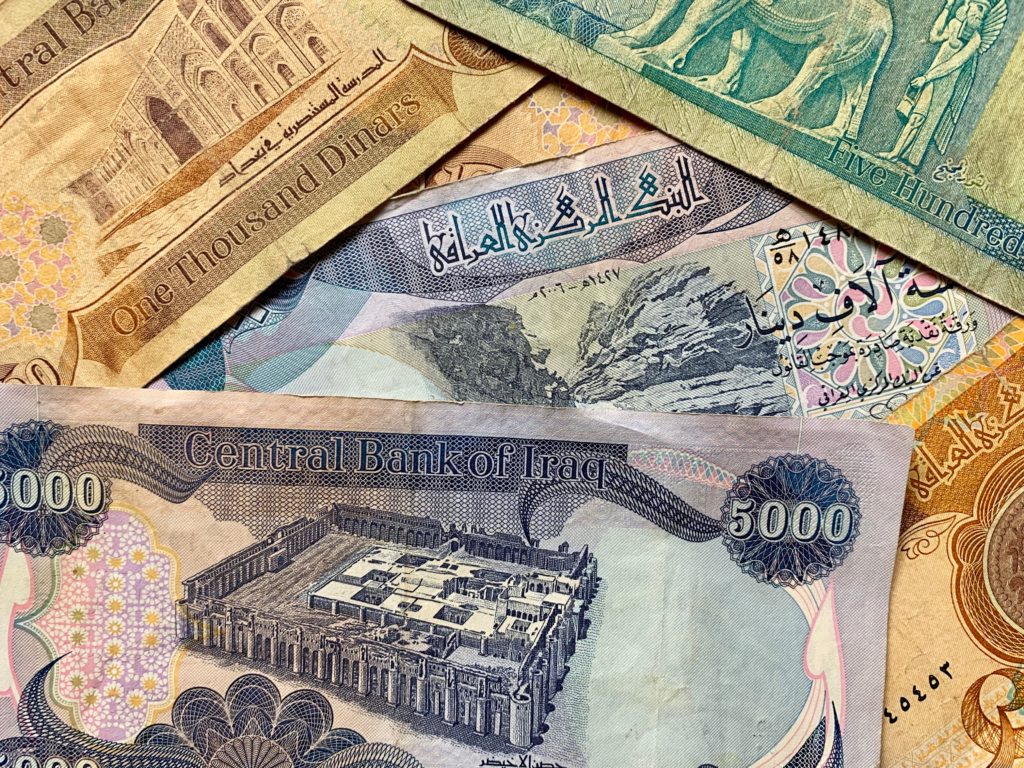
Tip 1: Never use airport exchange booths to get foreign currency
So, I know it’s tempting. You’re at the airport, wondering how you’re going to get cash to hit the ground running when you arrive in a foreign country. You see a both across from the gate where you can exchange currency, and decide this will help you be more prepared when you land.
The problem? They’re going to charge you 5-20% for the service, often in the form of a commission of 1-3% plus a really terrible exchange rate called the buy/sell rate which can have a gap of 5-15% – that’s profit that goes straight to the exchange operator!
Ok, so maybe it’s just better in advance to go to your local bank and withdraw some foreign currency. While this is often a better strategy, it’s still likely to set you back a minimum of 5-10% to do it this way.
So what’s the answer? Use your ATM/debit card in an cash machine upon arrival. 98% of the foreign airports I’ve arrived at have ATMs and work with my card. The benefit of this is that you get the exact rate being published, sometimes with a small up-charge from your bank. A tip for Americans: use a credit union! Most credit unions charge only 1-2% at most for foreign ATM withdrawals. Does’t 1-2% sound much better than 5-20%?
There’s one time I’ve used my bank in advance, and that was to get Australian Dollars for a trip to Tuvalu where I wouldn’t pass through Australia first. Why? Because there’s not a single ATM on Tuvalu, and banks aren’t great about exchanging foreign currency.
Other places you may consider getting currency in advance are some African countries where the ATMs may not work on arrival. In these countries it’s definitely best to bring some cash with you in advance, which leads me to the next tip…
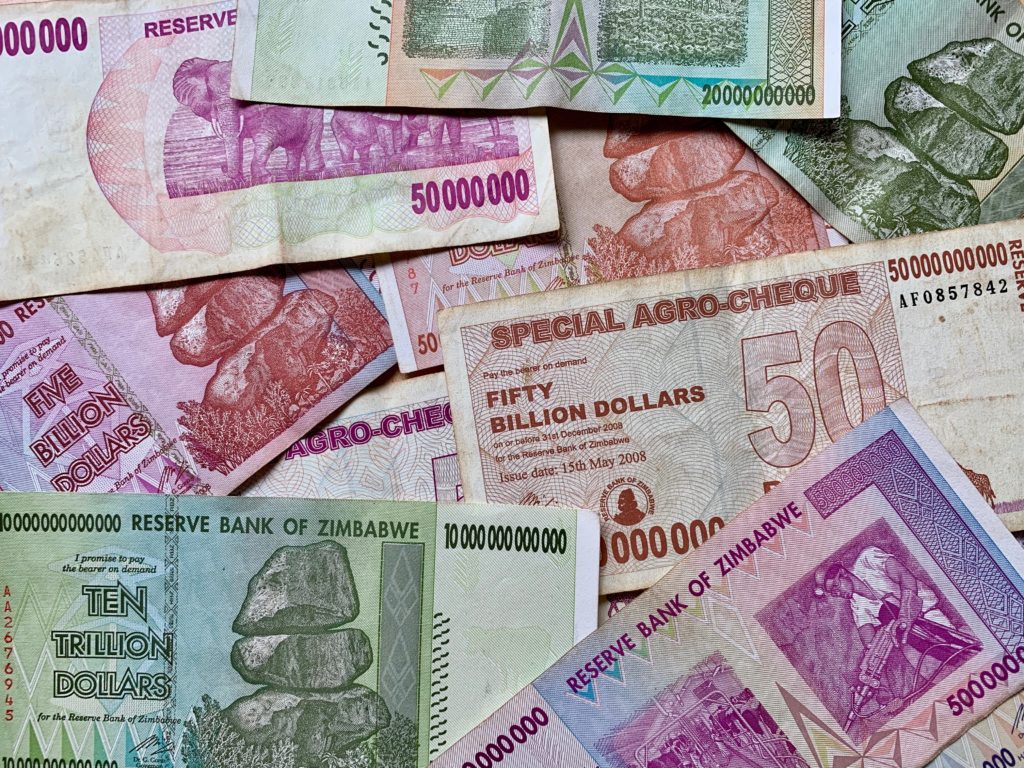
Tip 2: Always carry a small stash of small US Dollar and Euro bills
Why US Dollars and Euros? Because there’s pretty much no country on this blue marble of ours where you can’t exchange them…and often if you’re desperate you can just spend them outright.
Especially in Africa, almost everyone involved in any sort of commerce (think taxi drivers on arrival) know the exchange rate of their currency to the Dollar and Euro, and will almost always accept them if you get in a bind.
Now, I’m not advocating being that ugly tourist who thinks you can spend US Dollars and Euros in every country, but when you get in a bit of a bind because the ATM doesn’t work on arrival…it’s a great back-up plan!
Why US Dollars AND Euros? Because some places like one much more than the other. In Cuba, you’ll get a terrible exchange rate for Dollars, but a much better one for Europe. Same with the majority of Africa.
If you’re headed to the South Pacific, it’s not a bad plan to have some Australian Dollars as well – they’re often even easier to exchange than US Dollars.
Remember: small notes are important! Lots of $1 and $5 bills and €5 and €10 euro notes will get you out of lots of binds. New/crisp notes preferred! However, if you have major expenses (like paying tour operators) they may prefer large notes…ALWAYS make sure these are the latest edition of the bill – especially for US$100 bills!
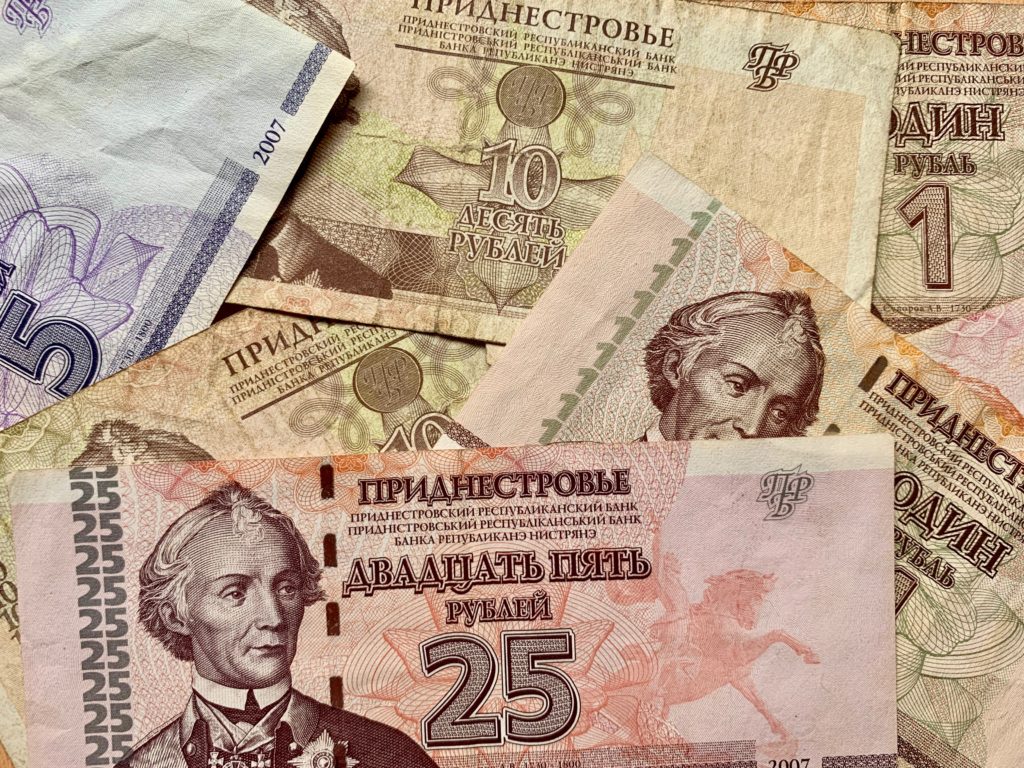
Tip 3: Use a credit card whenever you can
When you’re spending cash abroad, the trick is having the right amount so you don’t get killed on the exchange rate in both directions. You can’t redeposit foreign currency in the ATM, so you’ll have to use a less advantageous method to get it back to a more usable currency…meaning the 5-20% hit we talked about above.
You can avoid all this by taking out minimal cash for smaller transactions and using your credit card for anything substantial. Credit cards almost always get the exact market rate, costing you nothing in foreign exchange fees!
In the US, there are a ton of credit cards that have zero foreign exchange fee, meaning you get the exact market rate on every transaction. Some US credit cards still have fees of 1-3% on foreign charges, but that’s still better than taking out cash most of the time. Try to get a card with no fee and you’ll have the best possible world. My personal favourites are the Chase Sapphire Reserve and American Express Platinum Card. (I receive no commission from these links.)
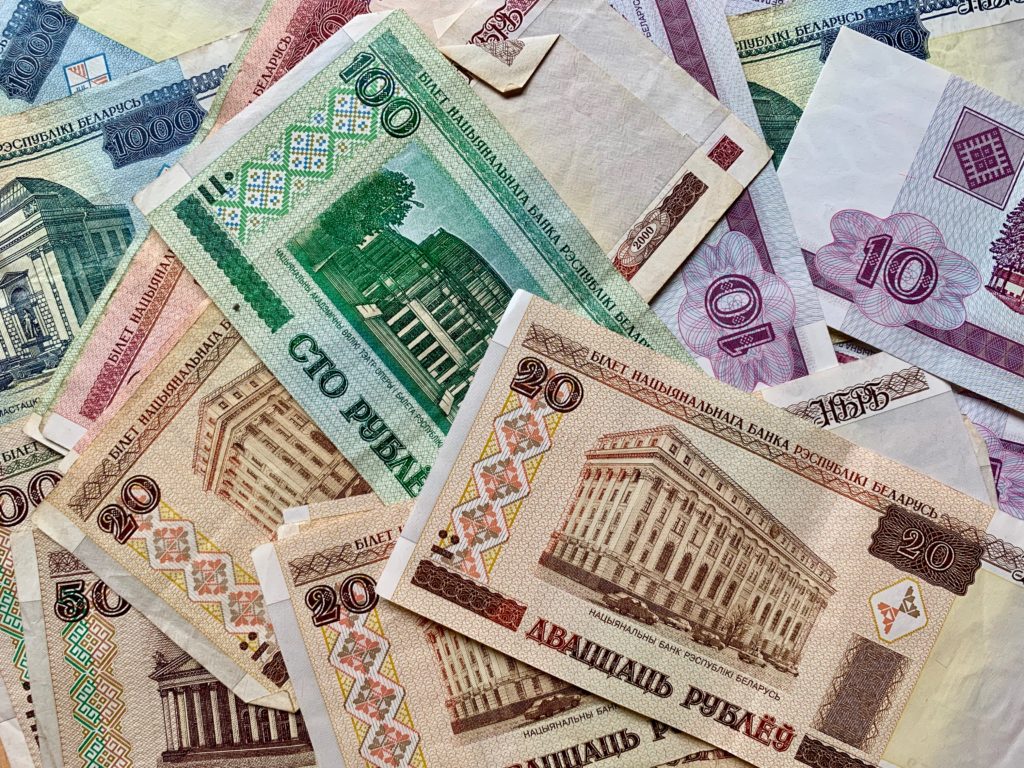
Tip 4: Use the last of your currency towards your hotel bill
This is one of my personal favourite tips, and one that few people seem to practice. So ok, you got stuck with a bit more cash than you thought you’d need, and it looks like you’ll take a big hit converting it back to your home currency.
First, figure out how much you need to get you to your transport, be it the airport, train station (don’t forget to leave some for snacks!), or even a bus. Then, figure out if you want to save some notes as souvenirs (so you can make cool collages like in this post) and then…figure out what’s left.
When you check out of your hotel, tell them you want to pay part in cash (getting rid of your leftover so you don’t pay a fee on it) and then pay the rest with credit card. You’ve just used up your excess currency at no additional cost to you while still leaving just enough for transport out and souvenirs! Wait…transport out?!
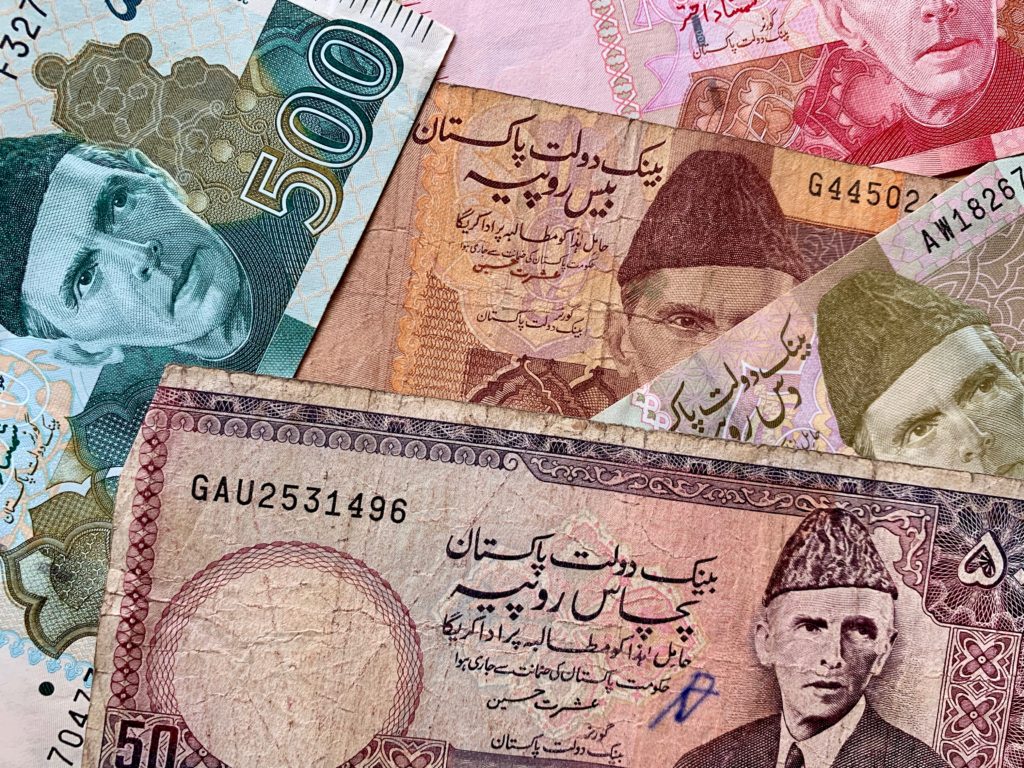
Tip 5: Use ride-sharing apps like Uber and Careem for local transportation
Ok, so I know this one is a little controversial. Some people think these big companies are putting the little guy out of business and taking advantage of drivers. Not looking for a philosophical debate, but these apps do have a lot of advantages in saving you money.
First, as mentioned above, since they’re linked to your credit card they’re a great way to get to the airport/bus/train without having to save too much foreign currency to ensure you can cover your ride. Just open the app, and your ride out of the country is covered!
It’s also great for local transport, because not using cash minimizes the chance taxi drivers will take advantage of you – either through the “so sorry, no change” scam or trying to slip you counterfeit bills as change. Taxis are notorious for taking advantage of confused visitors, so Uber helps ensure you have a driver who’s vetted for safety…and a dispute mechanism should something go wrong!
They’re also great when you first arrive the country, since there’s no need to get cash in advance to pay your taxi from the airport. You can just call the ride share with the app and focus on finding a cash machine to get cash when you get to your lodging.
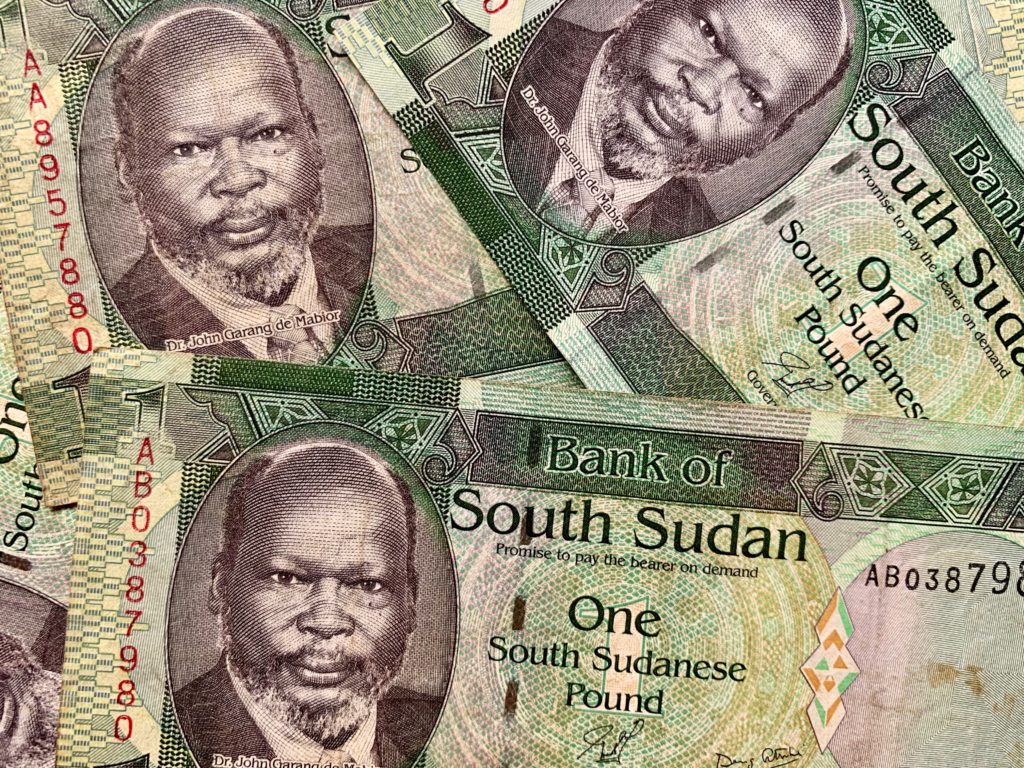
Tip 6: Familiarize yourself with the currency in advance
Yeah, I know this sounds super obvious, but you’d be amazed how many times I’ve arrived somewhere and seen foreign visitors trying to figure out the currency situation. A few of my favourite examples:
Zimbabwe is notoriously tricky. In the past, the hardest part was figuring out if prices were in the billions or trillions of dollars. Now, it’s managing the tricky balance between using US Dollars and Zimbabwe Bond Notes (which are virtually useless).
This brings me to the point of black market/unofficial exchange rates. When you draw down money from the ATM like I suggested above you’ll only get the official exchange rate. There are some countries where the rate on the black market is significantly better, meaning if you exchange cash on the street you’ll get a much better rate than you “officially” get.
Now, I’m not (necessarily) advocating this: it’s usually the case because it’s illegal to do, and doing so has the potential to get you in a lot of trouble or even arrested. My main point here is to note than in some places you’ll get 10-20% more exchanging on the street or even 100%+ more in some situations. The difference, however, is often tied to the risk of doing so, so be very aware. My main point here is to highlight that these black market / unofficial / parallel exchange rates do exist and you should be aware.
Other things to be aware of? Countries who don’t have their own currency and use the currency of another country – usually US Dollars (Ecuador, Panama), Euros (Kosovo), or Australian Dollars (Tuvalu).
Also: some countries have runaway inflation, so keep up to date on the current rates to avoid getting cheated. I like xe.com for checking live rates – I find them extremely accurate and a great source of up-to-date information.
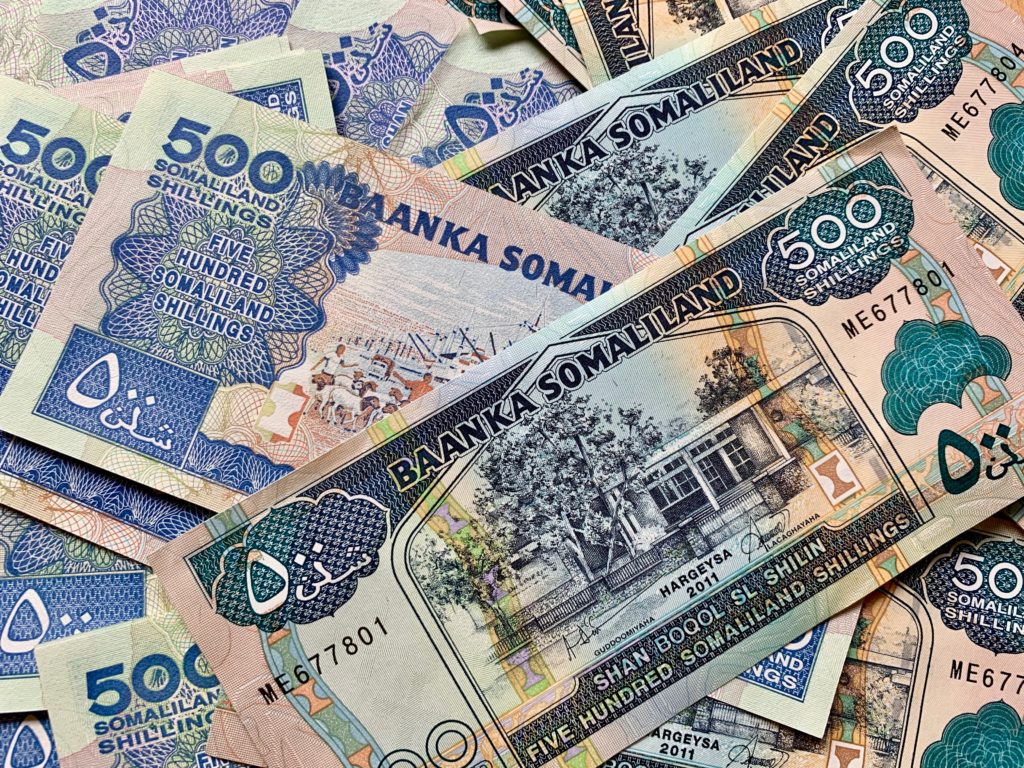
So those are six of my favourite tips for saving a bit of money when traveling and being smart managing your foreign exchange. Any tips that I missed that you’ve found really helpful?